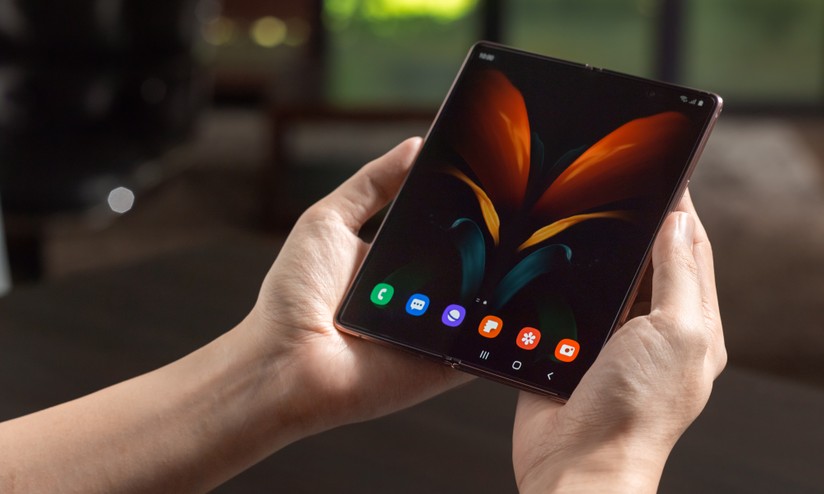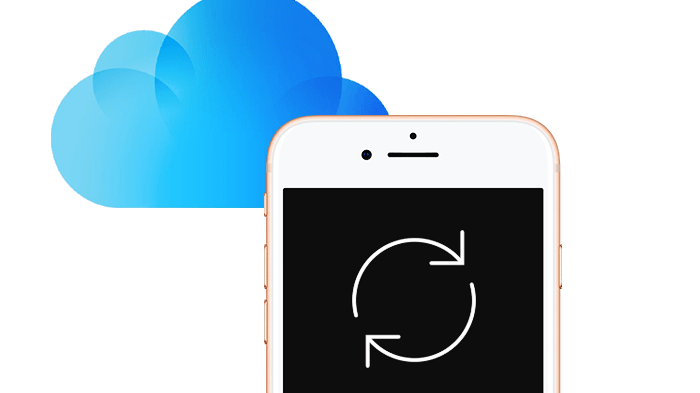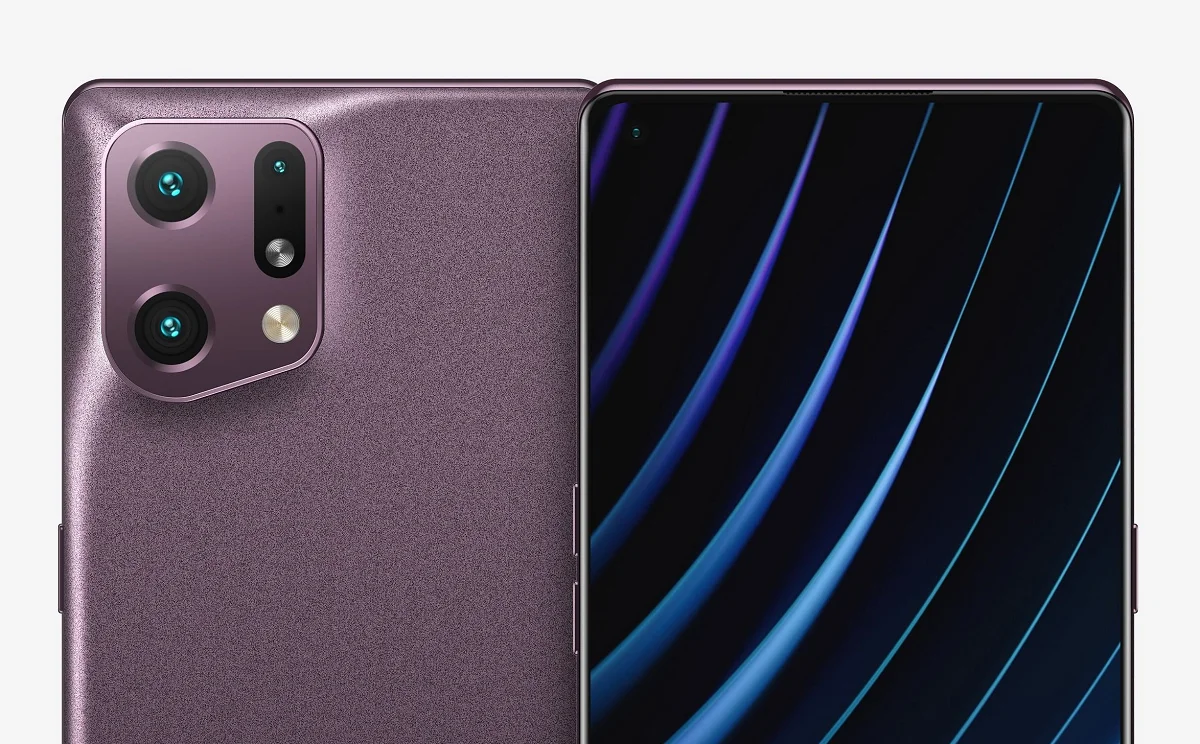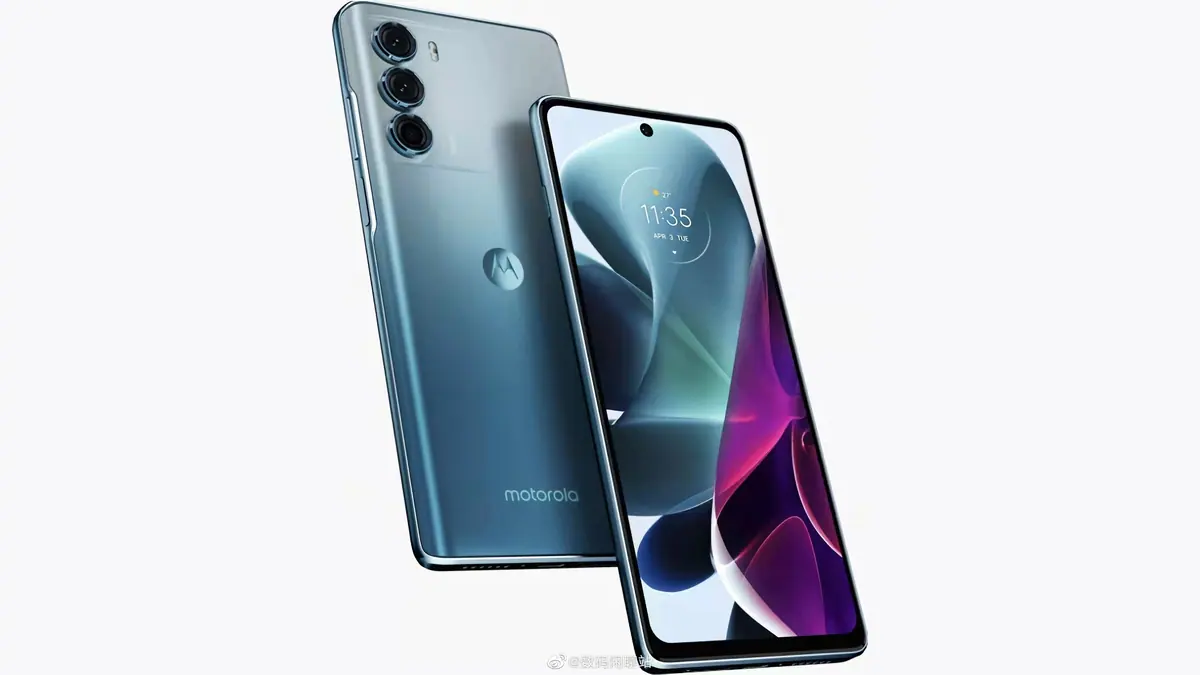The Samsung Galaxy smartphone series consistently ranks among the leading competitors in the Android market. They offer great screens, great cameras, and solid software.
However, when it comes to gaming, the experience is not so seamless. While Samsung phones are certainly capable, there are factors to consider that may influence your decision, especially when compared to some rivals.
This article looks at some factors that can contribute to a less-than-ideal gaming experience on Samsung phones. It is important to remember that these are not internal weaknesses but areas where competitors may currently have an advantage.
1. thermal management
One of the biggest concerns of mobile gamers is thermal regulation. The phone generates a significant amount of heat when it increases its processing power for long periods of time, such as during intense gaming. If not controlled properly, this heat can cause performance degradation as the phone slows down its processing speed to prevent overheating.
Many Chinese OEMs (Original Equipment Manufacturers) have introduced innovative cooling systems to solve this problem. These can be vapor chambers, multi-layer graphite sheets, or even special cooling fans on some gaming phones.
Although Samsung uses thermal management solutions, these may not be as aggressive as those found in some rival devices. This can cause thermal throttling more frequently on Samsung phones during demanding games, causing frame rates to drop and gameplay to be less fluid.
2. Less targeted software optimization
Software optimization is an important aspect of mobile games. A well-optimized phone can deliver a smooth gaming experience by getting maximum performance from its hardware.
Also read – Xiaomi 15 Pro outperformed Galaxy S24 Ultra and iPhone 16 Pro Max in autonomy test
Unfortunately, Samsung’s software optimization for games hasn’t always been perfect. That doesn’t mean it’s always a bad thing, but compared to some rivals that offer dedicated game modes with resource management settings, Samsung’s approach seems less focused.
Although features like Game Booster are available, they often seem like surface-level solutions. Gamers desire deeper control over how their phones allocate resources during intense gaming sessions. The lack of granular control can lead to situations where the phone is juggling background tasks and the game itself, affecting performance.
3. Sensor sampling rate
Touch sampling rate determines how often the phone screen registers touch input. Higher scores allow for faster and more responsive touch recognition, which is crucial for responsive mobile games.
Some high-end gaming phones from Chinese OEMs have insane touch sampling rates of over 2000Hz. Although Samsung offers a high refresh rate, the touch sampling rate lags behind the series.
For example, the maximum frequency of Samsung’s flagship Galaxy S24 Ultra is 240 Hz, and no Samsung phone can exceed this frequency. And there is no Samsung phone that offers a higher touch sampling rate. In comparison, even Xiaomi’s mid-range devices like the Redmi K70 Pro have an impressive touch sampling rate of 2160 Hz.
This difference does not make Samsung phones unplayable, but it can put them at a slight disadvantage in competitive games where every millisecond counts. But touch sampling rate is only one aspect of touch sensitivity; overall display latency also plays an important role.
4. Missing Piece: Custom gaming ecosystem
Dedicated gaming phones from brands like Asus and Red Magic create an entire ecosystem designed for serious mobile gamers. These devices often include additional hardware such as clip-on controllers and cooling fans to enhance the gaming experience.
Also read – iPhone XS Max is now part of Apple history
In contrast, Samsung has no such dedicated accessories or gaming-focused features built-in. The lack of a dedicated gaming ecosystem can make Samsung phones seem like run-of-the-mill, powerful devices that aren’t specifically designed for hardcore gamers.
While some users rely on third-party accessories as a workaround, these solutions fall short when compared to the manufacturer-supported approach.
5. Results
Samsung phones are undoubtedly powerful and can handle even the most demanding mobile games. However, compared to some Chinese OEMs, they may fall short in areas such as thermal management, software optimization for games, and consistently high touch sampling rate. The lack of gaming-specific hardware features may also be a disadvantage for some users.
These aspects are very important for die-hard mobile gamers. However, it is also worth noting that smartphone manufacturers have designed their devices to appeal to a wider audience. Samsung offers a versatile phone that meets a variety of user needs, including gaming, but it may not focus on maximizing every aspect of this segment.
Ultimately, the right choice depends on your priorities. If gaming is your main concern, you can opt for a phone with advanced cooling, optimized software, and the highest touch sampling rate. On the other hand, if you’re looking for a flagship device that excels in many areas, not just games, the Samsung Galaxy phone remains a strong contender.













